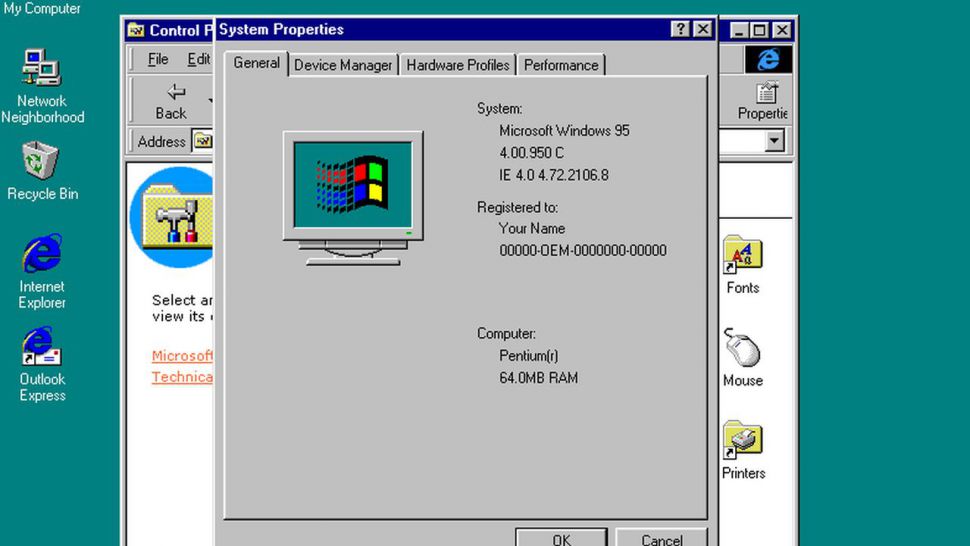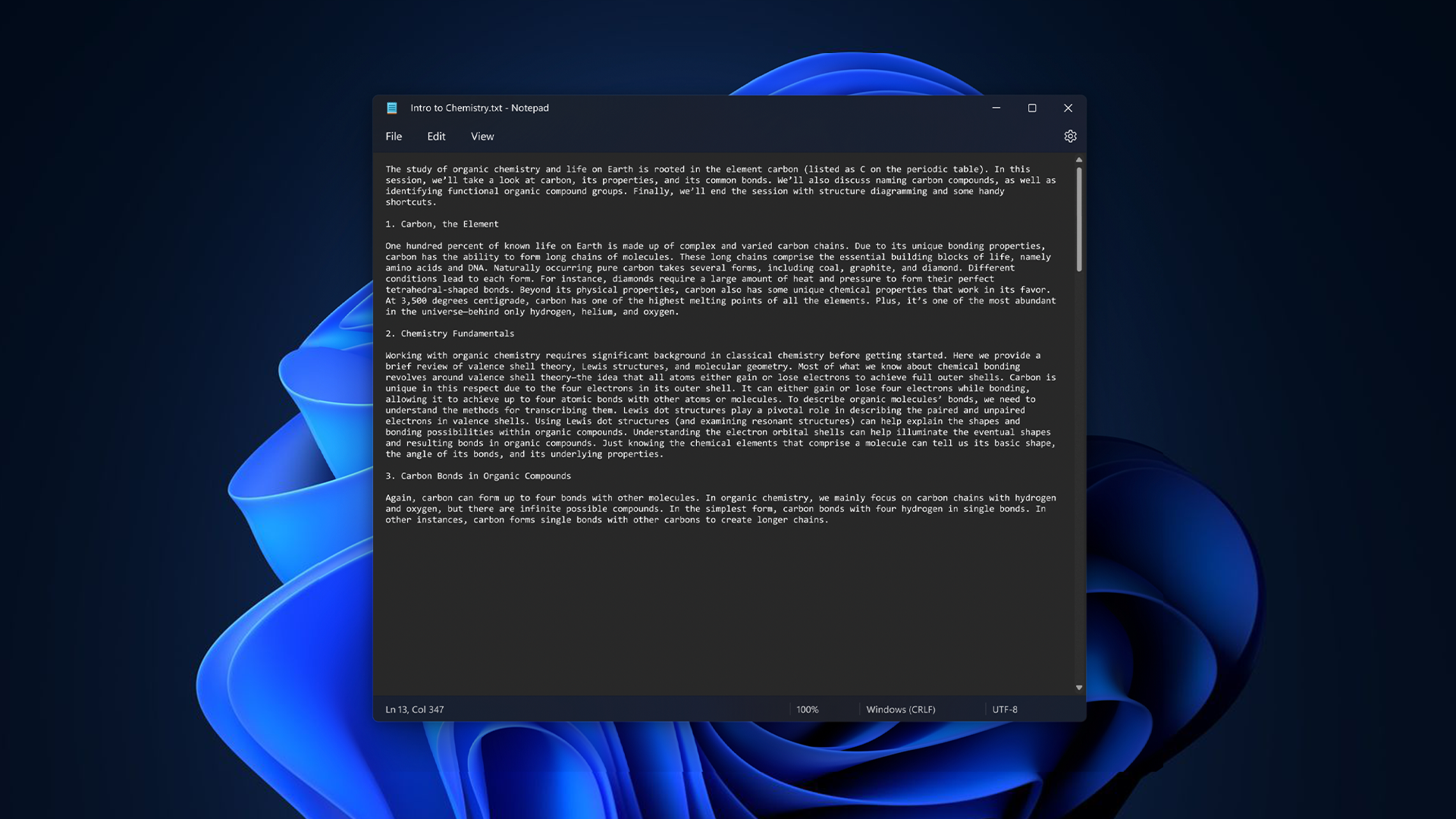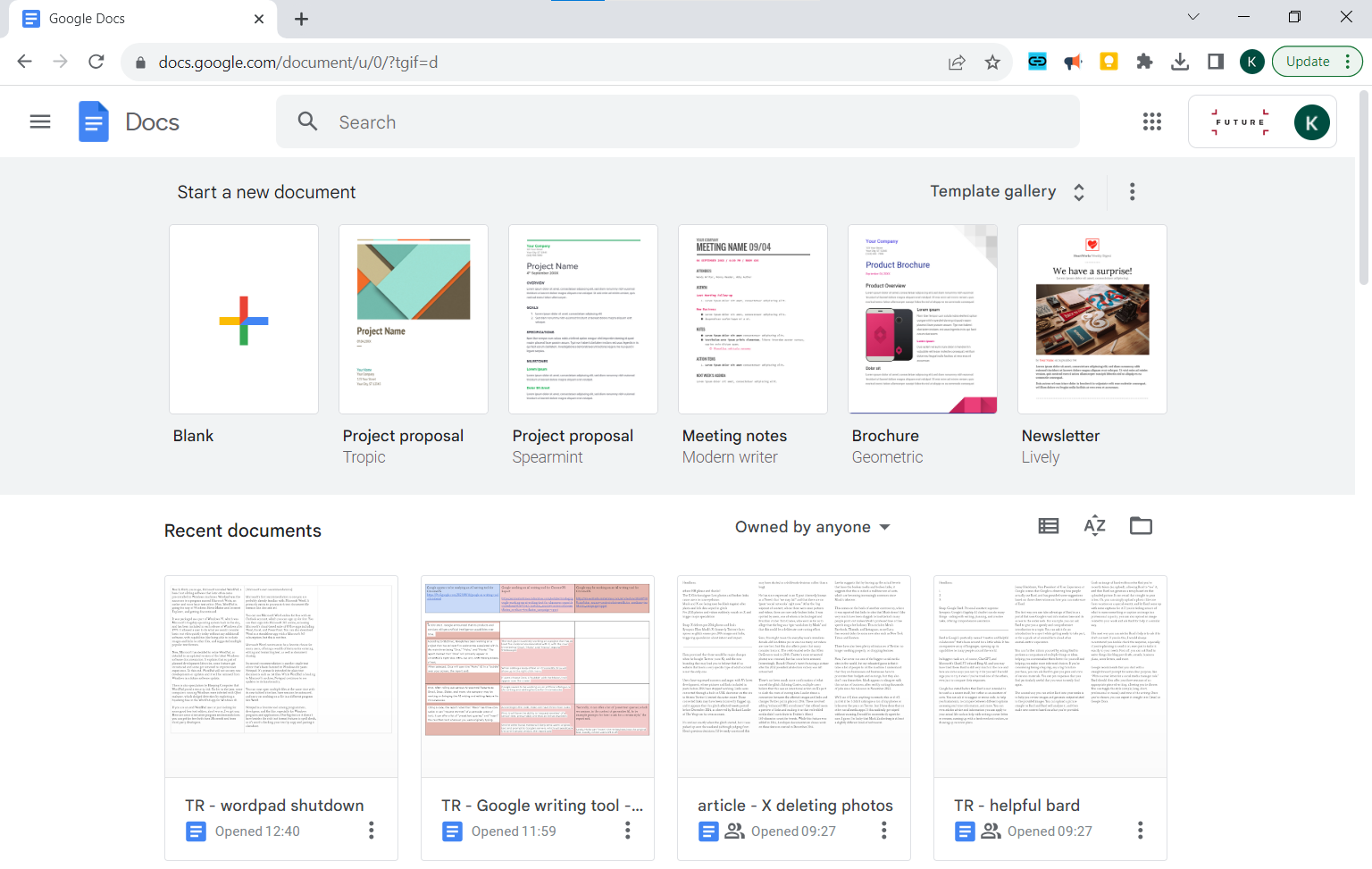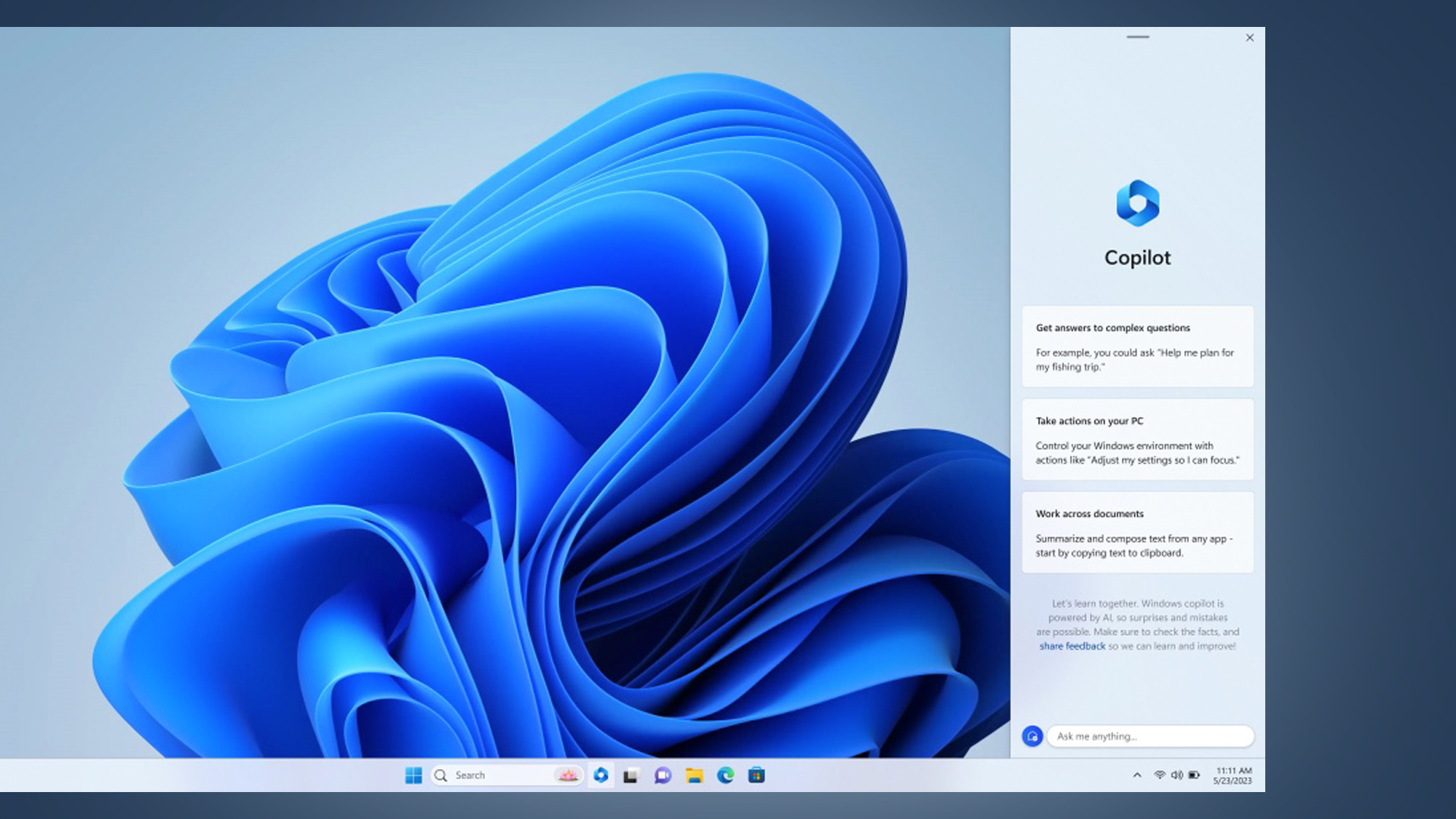Microsoft pulls the plug on WordPad – these are the alternative text editors we recommend
Microsoft’s WordPad is being deprecated

Nearly thirty years ago, Microsoft unveiled WordPad, a basic text editing software that later often came pre-installed on Windows machines, but now it’s going the way of Windows Movie Maker and Internet Explorer, and getting discontinued.
WordPad was packaged as a part of Windows 95, which was Microsoft’s flagship operating system back in the day, and has been included in each release of Windows since then. It allowed a user to perform basic text edits without any additional software, with capabilities like being able to include images and links to other files, and supported multiple popular text formats.
Now, Microsoft has decided to retire WordPad, as detailed in an updated version of the latest Windows software documentation. It explains that as part of planned development lifecycles, some features get introduced and some get removed to improve user experience. To this end, WordPad will not see any new developments or updates, and it will be removed from Windows 11 in a future software update.

A potential security risk
There is also speculation by Bleeping Computer that WordPad posed a security risk. Earlier in the year, some computers running Windows were infected with Qbot malware, which dodged detection by exploiting a hijacking flaw in the WordPad app for Windows 10.
So, despite our nostalgia for the software, it’s perhaps best if Microsoft does indeed drop it.
If you are an avid WordPad user, or just looking for some good free text editors, don’t worry, I’ve got you. Here are some alternative program recommendations you can get for free both from Microsoft and from third-party developers.
Microsoft’s own recommendations
Microsoft’s first recommendation is one you are probably already familiar with: Microsoft Word.
Sign up for breaking news, reviews, opinion, top tech deals, and more.
You can use Microsoft Word online for free with an Outlook account. You can then sign into Microsoft 365 online, accessing Microsoft’s cloud-based suite of Office apps including Word, Excel, and PowerPoint. You can also download Word as a standalone app with a Microsoft 365 subscription, but this is not free.

Microsoft Word continues to be a favorite choice for many users, offering a wealth of features for writing, editing and formatting text, as well as document sharing, and uses rich text file types, most notably .docx, a proprietary file type that not every text editor can open or edit. You can access Word online free here.
Its second recommendation is another staple text editor that’s been featured in Windows for years: Notepad. It’s primarily intended for plain text documents such as .txt files. While WordPad is being dropped, Notepad continues to see updates to its functionality.
You can now open multiple files at the same time with its new tabbed interface, have sessions be autosaved, and carry on working on a file in a different program like Word.

Notepad is a favorite tool among programmers, especially for developing Windows programs and applications. One big feature it doesn’t have besides the rich text format features is spell check, so it’s worth checking your text by copy and pasting it elsewhere.
If your device came with Windows installed on it, you should already have Notepad installed. You can search for it in the search box in your taskbar.
Free third-party substitutes for WordPad
The first substitute I would recommend is a favorite among modern professionals and students: Google Docs. All you need is a Google account, which you can sign up for using any valid email address for free.
Microsoft Word does offer more layout and formatting options, but Google Docs is optimized for collaboration between users and changes are constantly saved in real time. If you’re already familiar with text editors, it’s pretty easy to pick up. It’s part of the Google Suite of apps that you can use in conjunction with Google Docs, such as Slide, Google’s presentation software.

Next up, I’d recommend LibreOffice Writer. LibreOffice is a suite of free open-source software that’s an alternative to Microsoft Office, and Writer is the suite’s word processing software that has a ton of text formatting and layout features, as well as compatibility with Microsoft Word document formats, including the newer .docx format.
LibreOffice also sees active development, and frequently receives updates and new features. LibreOffice has a polished interface that is very user-friendly, and you’ll be up and running in no time.
My final recommendation is WPS Office Writer. In order to get this, you’ll have to download WPS Office.
Once installed, you’ll either have to create or sign in with a WPS account, or alternatively you can sign in with Google, email, or Facebook.
WPS Office Writer has an interface that’ll be familiar to Microsoft Word users and it even has a built-in WPS AI assistant to improve your writing and help generate ideas (you can also download the WPS AI assistant separately).
You can then integrate WPS Office with Dropbox, Google Drive, and OneDrive.

Other features that are being disabled
There are other features that will also be discontinued in a future Windows update. Cortana, its voice assistant challenger to the likes of Alexa and Google Assistant, will be turned off.
Microsoft is also ending support and functionality of the Microsoft Support Diagnostic Tool (MSDT) and it will be turning off the old Transport Layer Security to improve Windows 11’s security. Cortana’s been replaced by Microsoft Copilot, which debuted at this year’s Microsoft Build conference, and aims to bring artificial intelligence features to Windows 11 in the future.

The full details and explanation of changes, including the discontinuation of features, can be found in the full updated software documentation for Windows. As far as we know, Wordpad will remain functional and accessible until the Windows update is actually installed. Microsoft hasn’t yet specified a date for when this will be, however.
If you really miss WordPad, and are reluctant to use one of the programs I’ve listed above, Neowin speculates that Windows enthusiasts will likely do their best to preserve the program. Microsoft Paint was also headed for a similar fate, but after an outcry from users described by Bleeping Computer, it wasn’t killed off entirely, and made available for download in the Microsoft Store. If there’s enough demand, Microsoft may consider doing something similar to WordPad.
Kristina is a UK-based Computing Writer, and is interested in all things computing, software, tech, mathematics and science. Previously, she has written articles about popular culture, economics, and miscellaneous other topics.
She has a personal interest in the history of mathematics, science, and technology; in particular, she closely follows AI and philosophically-motivated discussions.